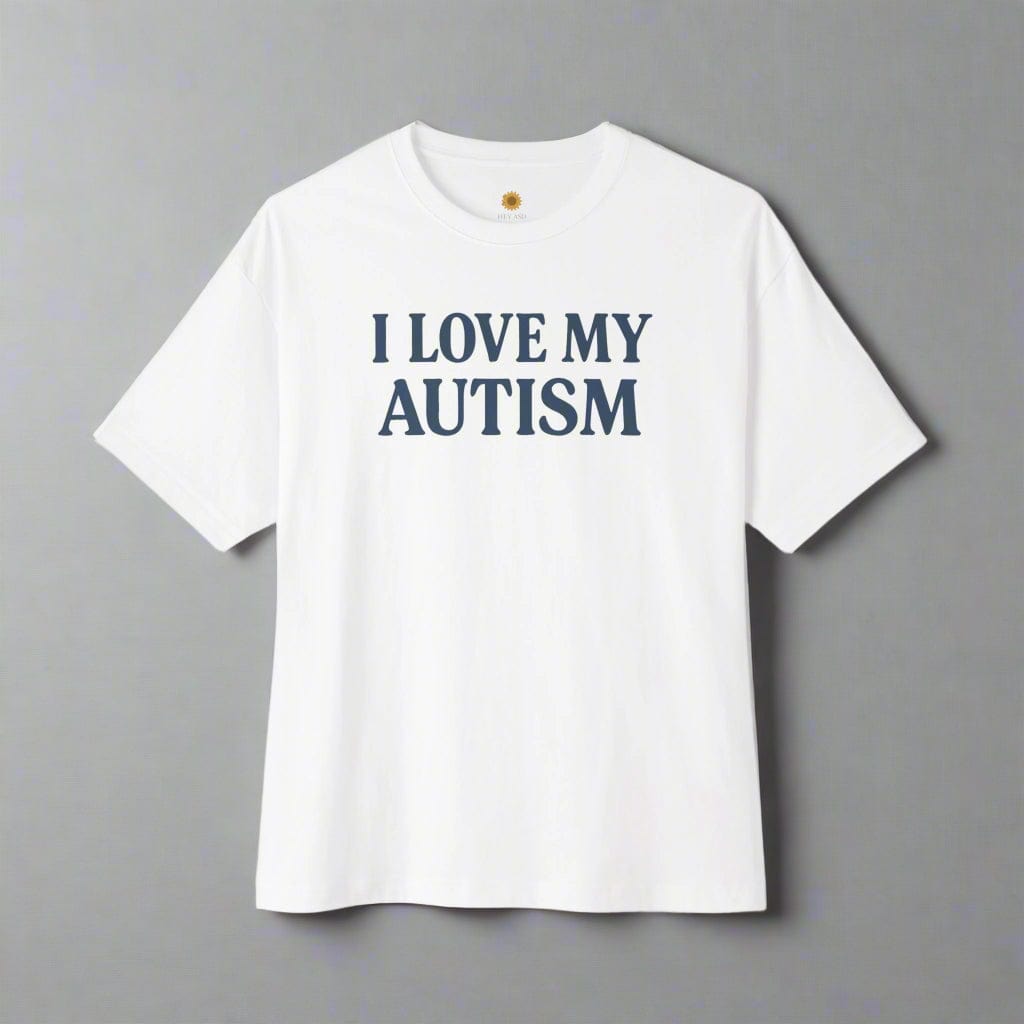Disability Benefits for Individuals with Autism

Written by HeyASD.com Team
On This Page
Frequently asked questions
How can individuals with autism apply for disability benefits?
What types of financial aid are available specifically for people with autism?
What are the eligibility criteria for autism disability benefits?
How long does the application process for autism disability benefits typically take?
What sensory-friendly disability resources are available to support autistic individuals?
How can caregivers assist in applying for disability support for autism?
Are there state-specific programs offering autism financial aid?
What documentation is required when applying for autism disability benefits?
How do autism disability benefits impact access to healthcare and therapy services?

About the HeyASD.com Team
Autistic‑owned • Values‑led • Sensory‑friendly design
We are autistic creators, writers, and advocates dedicated to producing resources that are practical, sensory-aware, and grounded in lived experience. Our mission is to make information and products that support the autistic community accessible to everyone, without jargon or condescension. Learn more about our team.
This article is written from lived autistic experience and an evidence-aware perspective. It is for general informational purposes only and should not be taken as medical, legal or therapeutic advice.
Always consult a qualified clinician or occupational therapist for individual needs and circumstances.

About Our ASD Blog
HeyASD is more than a store, it’s a calm, supportive space for autistic adults and the people who care about them. Explore identity-affirming stories, sensory regulation tools, and uplifting resources from our community.
Thank you for reading. We hope these resources bring comfort and clarity.









































